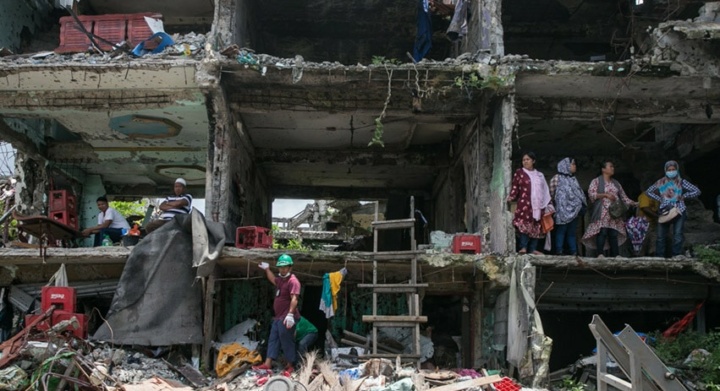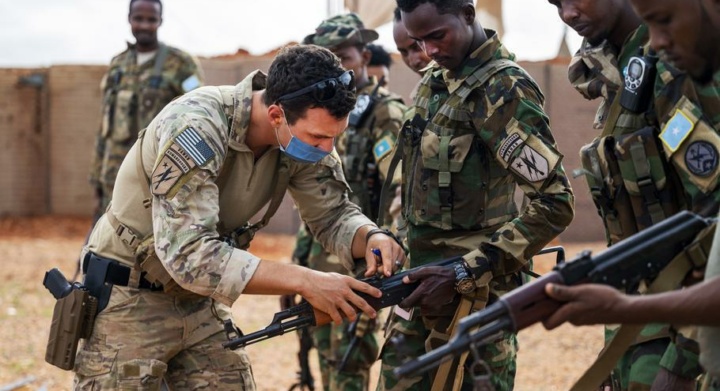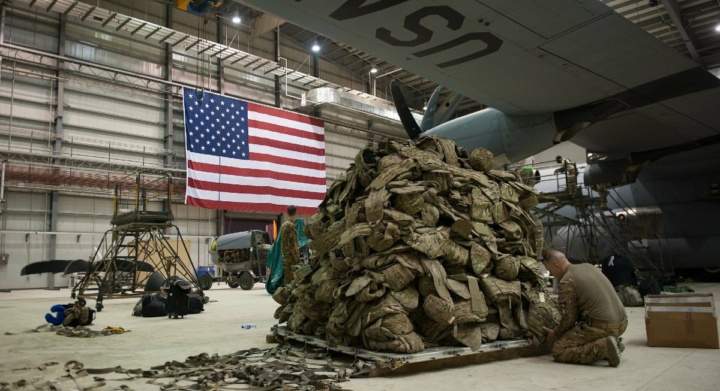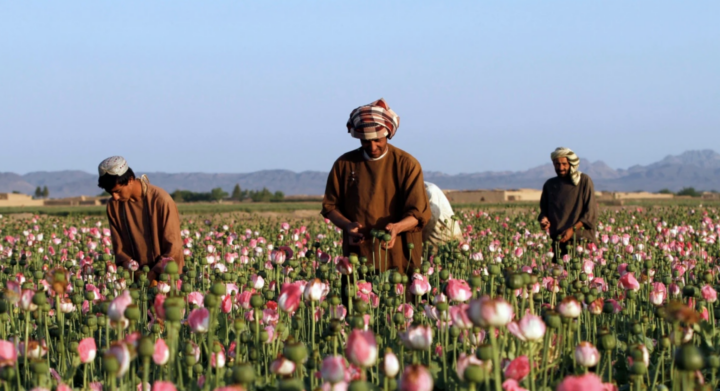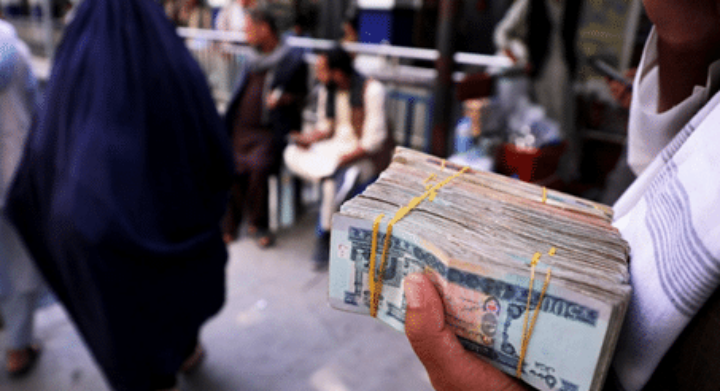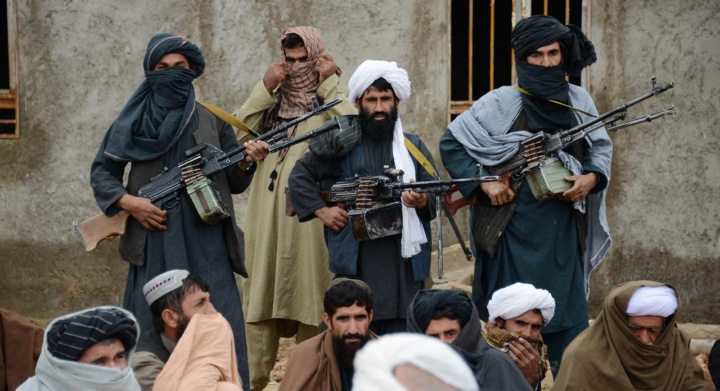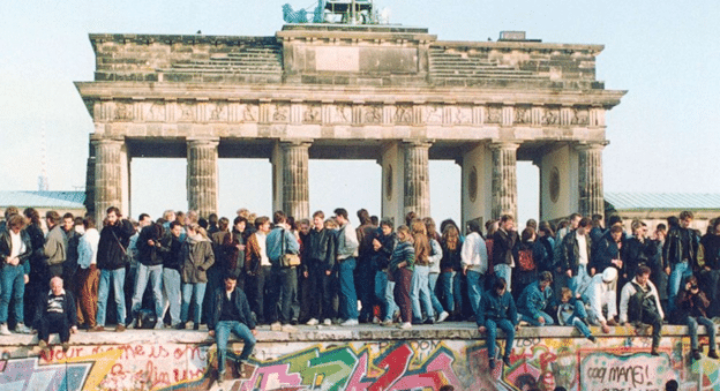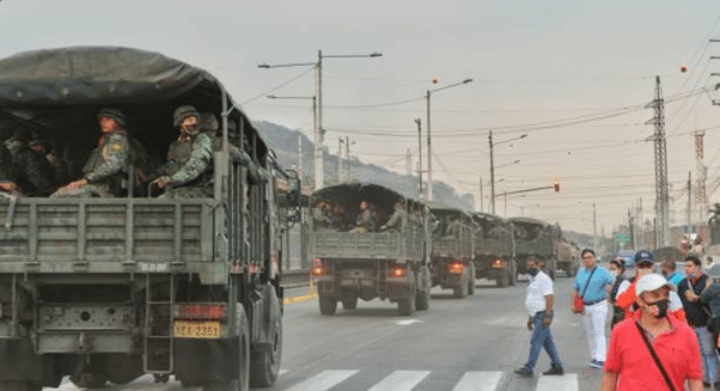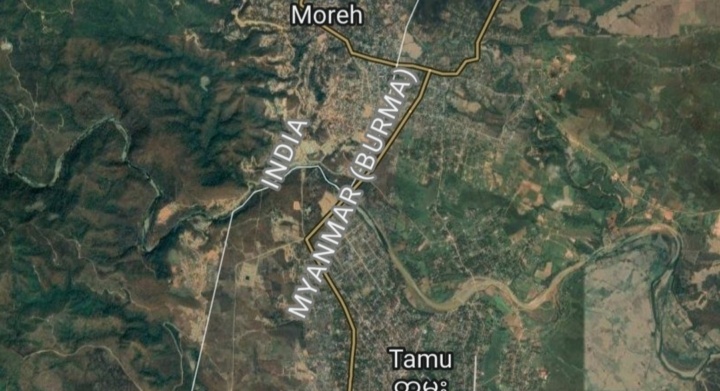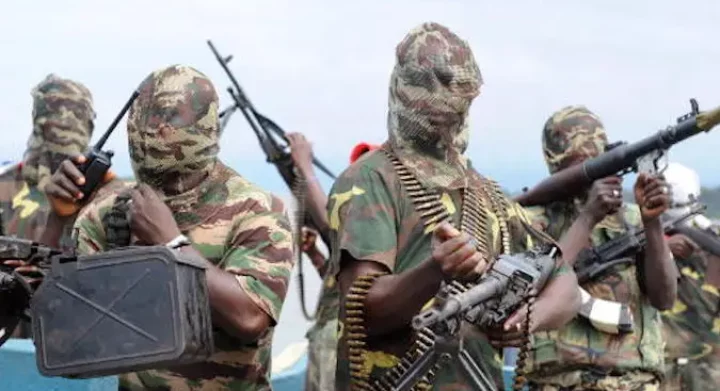It has been almost five years since armed militants from two ISIL-affiliated organizations, Abu Sayyaf and the Maute, battled with Philippine government forces on May 23, 2017. The siege ensued when the military attempted to arrest senior ISIL leader Isnilon Hapilon.
As a result, attackers retaliated, proclaiming the city a nascent caliphate of ISIL, the Islamic State of Iraq, and the Levant, more commonly known as ISIS. Before capturing the city’s major thoroughfares and significant bridges, the armed militants caused severe damage to Catholic churches, the city jail, and two schools. Militants also beheaded a police officer and took churchgoers and residents hostage.
Philippine President Rodrigo Duterte imposed martial law across the entire island of Mindanao on the evening of the assaults. Initially, President Duterte expected the fighting to finish in a matter of weeks. However, he had no idea that this was simply the beginning of a more bloody and horrific assault.
Who Were the Perpetrators?
The main commanders of this unprecedented assault, Isnilon Hapilon, and brothers Abdullah and Omar Maute were members of the local armed groups, Abu Sayyaf and Maute. Both groups have historically been responsible for bombings, attacks on government forces, and hostage-taking in the Philippines. However, foreign militants participated in the war, including those from Malaysia, Indonesia, Yemen, and Chechnya. There is also evidence that the terrorist members involved in this attack enlisted a significant number of radicalized children and teenagers, many of whom were recruited from Marawi’s local schools.
During the conflict, an estimated 1,200 people were declared dead. Although the majority of these were militant extremists, Amnesty International claimed that the militants also carried out kidnappings and extrajudicial executions.
Mission Accomplished
The capture of Marawi prompted the Philippines’ most prolonged armed combatant insurgency. Government troops seized a stronghold on October 16, 2017, killing both Hapilon and Maute. After troops subdued the remaining ISIS fighters on October 23, 2017, five months after the siege began, Philippine Defense Minister Delfin Lorenzana said there were no more “militants” in Marawi, which ended the long, weary battle.
The Aftermath of the Marawi Siege
The Marawi crisis, which affected many residents, had a significant impact on the local market and the daily needs of Marawi families. According to the United Nations Human Rights Commission Philippines, the Marawi armed conflict between government troops and pro-ISIS insurgents has internally displaced 98% of the area’s overall population, as well as villagers from nearby municipalities, who were forced to flee due to severe food scarcity and political and economic restrictions.
How is Marawi Now?
After years of planning and reconstructing the country’s sole Islamic city, Task Force Bangon Marawi (TFBM) is nearing the completion of the major rehabilitation operation for internally displaced families. Even within Marawi’s most impacted area, or “ground zero,” the Maranaws, particularly those displaced by the 2017-armed war, are now reaping the first dividends of the government-led rebuilding.
Meanwhile, the Marawi Fire Substation, a Maritime Outpost, the Rorogagus Barangay Health Station, the Marawi Central Police Station, and a solar power irrigation system were all completed, to help the Maranaws embrace a complete and secure community with peace and stabilization.
Furthermore, the Bangsamoro Autonomous Region in Muslim Mindanao (BARMM) administration has set aside P500 million for Marawi’s reconstruction in 2021 as part of the newly-formed government’s 12-point priority plan.
Lessons Learned and Reflections as a Filipino Counter-Terrorism Practitioner
I have learned that the scars of this historic siege will undoubtedly persist in the hearts of those who were affected, as well as the troops who were determined to defend the people, even if it meant risking their lives. The standard narrative is that it is their job. However, I am referencing their fortitude in the midst of their weapons’ failure; terrorist groups have also leveraged technical advancement in plotting, recruiting, and networking, making it even more difficult to obverse.
Filipinos are known for their “resilience.” Most people define it as the ability to bounce back from setbacks, embrace change, and persevere in the face of adversity. It is meaningless to be resilient if the Philippine government’s response to these issues is ambiguous. How eager and probing is the government to promote research to fight atrocities in the aftermath of the Marawi Siege? Is this enough, if there is a movement at all? What was the intensity of the response to the Marawi crisis?
We should not box our belief that resilience is the only chance. There is also hope, the ability to recognize important goals, the measures required to achieve them, and the willingness to take those steps. This requires an extensive effort of the government to connect with the civil society in order to prioritize their goals in the field of local security. Although the resilient superhero is often thought to be preferable, it has a dark side; it possesses the same characteristics that hinder self-awareness and, as a result, the ability to maintain a realistic self-concept.
As a Filipino, I believe we should start by assessing where we stand in terms of counter-terrorism operations, such as preventing and suppressing terrorism financing, and encouraging constructive dialogue on counter-terrorism challenges, particularly based upon the principles between state officials and the private sector, social service organizations, and news outlets. Although there is evidence of a deterrent, the government should always consistently take action to prevent such unprecedented happenings.
Kristian N. Rivera, Counter-Terrorism Research Fellow

